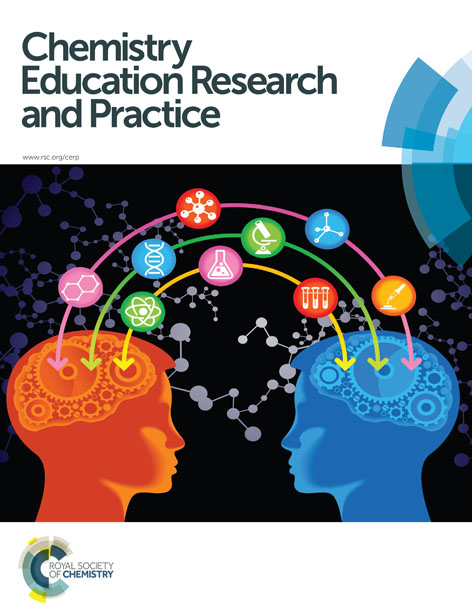Exploring the role of a discrepant event in changing the conceptions of evaporation and boiling in elementary school students
Abstract
The purpose of this study was to explore how examples used in teaching may influence elementary school students' conceptions of evaporation and boiling. To this end, the examples traditionally used to explain evaporation and boiling in Korean 4th grade science textbooks were analyzed. The functions of these published examples were explanation (empirical recognition, identification, and evidence) and reinforcement (applications). However, few reinforcement functions (such as comparison and supposition) or clarification functions (such as extension and contrast) were employed. The evaporation and boiling conceptions of 41 students in the 4th grade, 55 students in the 5th grade, and 28 students in the 6th grade were surveyed. Many students thought of evaporation phenomena under heating conditions as boiling, and the same phenomena without an obvious source of heating as evaporation. This meant that the presence of heating affected the students' conceptions of evaporation and boiling. In this study, the students were presented with clarifying functional examples that were not included in the textbooks. After exposure to these examples, many students revised their misconceptions and adopted scientific conceptions. Previous studies have argued that students must be able to reason from a microscopic point of view to understand evaporation and boiling phenomena; however, the tested students were able to classify the two different phenomena after experiencing appropriate functional examples.

 Please wait while we load your content...
Please wait while we load your content...